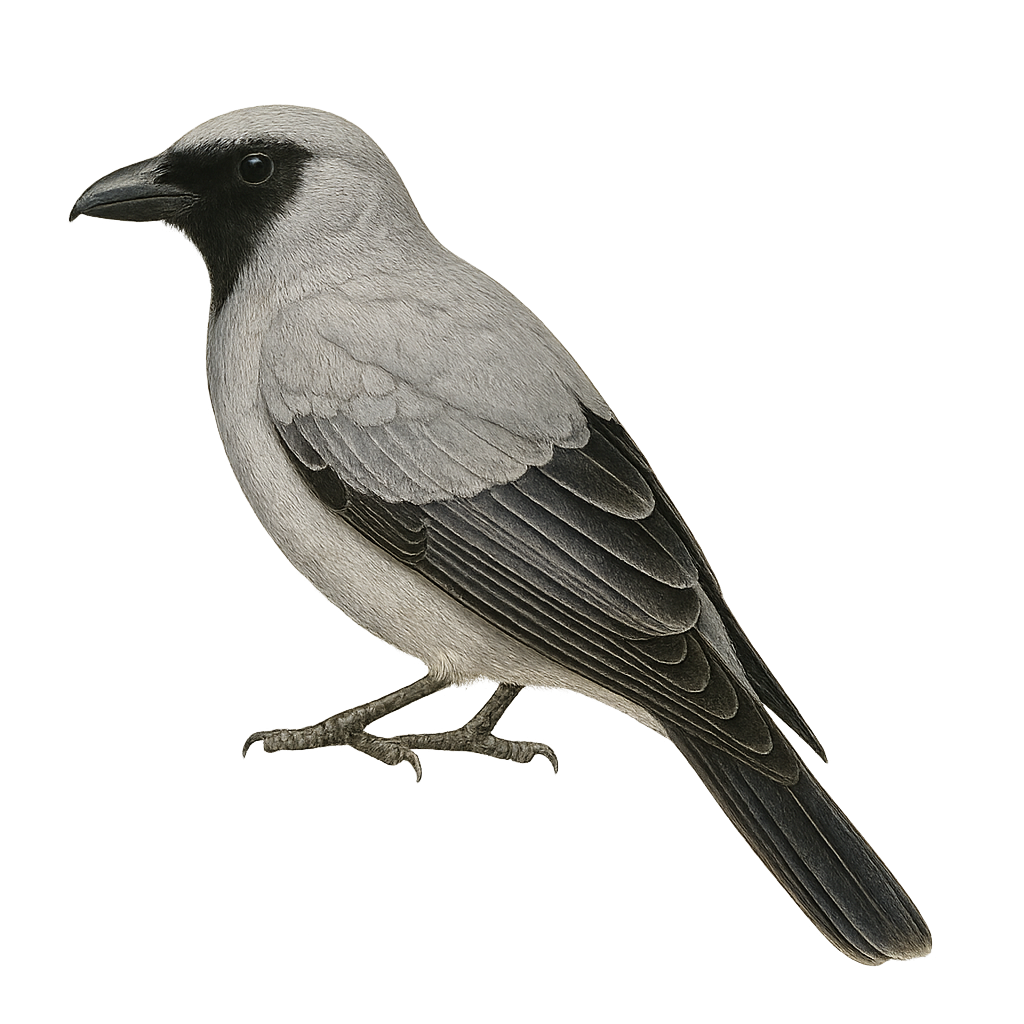Your wildlife photography guide.
Explore the black-faced cuckoo-shrike in detail, study its behavior, prepare your shots.
Where to observe and photograph the black-faced cuckoo-shrike in the wild
Learn where and when to spot the black-faced cuckoo-shrike in the wild, how to identify the species based on distinctive features, and what natural environments it inhabits. The WildlifePhotographer app offers tailored photography tips that reflect the black-faced cuckoo-shrike’s behavior, helping you capture better wildlife images. Explore the full species profile for key information including description, habitat, active periods, and approach techniques.
Black-faced Cuckoo-shrike
Scientific name: Coracina novaehollandiae

IUCN Status: Least Concern
Family: CAMPEPHAGIDAE
Group: Birds
Sensitivity to human approach: Suspicious
Minimum approach distance: 10 m
Courtship display: September to October
Incubation: 18-20 jours
Hatchings: September to November
Habitat:
open forests, urban areas, savannas
Activity period :
Primarily active during the day, with peak activity in the morning and late afternoon.
Identification and description:
The Black-faced Cuckoo-shrike is a medium-sized bird, recognizable by its silver-grey plumage and distinctive black mask around the eyes. It is primarily found in Australia, where it inhabits various environments ranging from open forests to urban areas. This bird is known for its graceful flight and melodious calls. It primarily feeds on insects and fruits, often catching them in mid-air. Although generally solitary, it can be seen in small groups during migration. Its adaptability to different habitats makes it a resilient species, although habitat destruction may pose long-term threats.
Recommended lens:
400 mm – adjust based on distance, desired framing (portrait or habitat), and approach conditions.
Photography tips:
To photograph the Black-faced Cuckoo-shrike, it is advisable to use a telephoto lens of at least 400mm to capture detailed images without disturbing the bird. Look for areas where it is active, such as forest edges or urban parks. Be patient and discreet, as this bird can be suspicious. Take advantage of the early morning or late afternoon hours for soft, natural light. Try to capture its graceful flight or hunting moments for dynamic shots.
The WildlifePhotographer App is coming soon!
Be the first to explore the best nature spots, track rutting seasons, log your observations, and observe more wildlife.
Already 1 432 wildlife lovers subscribed worldwide

